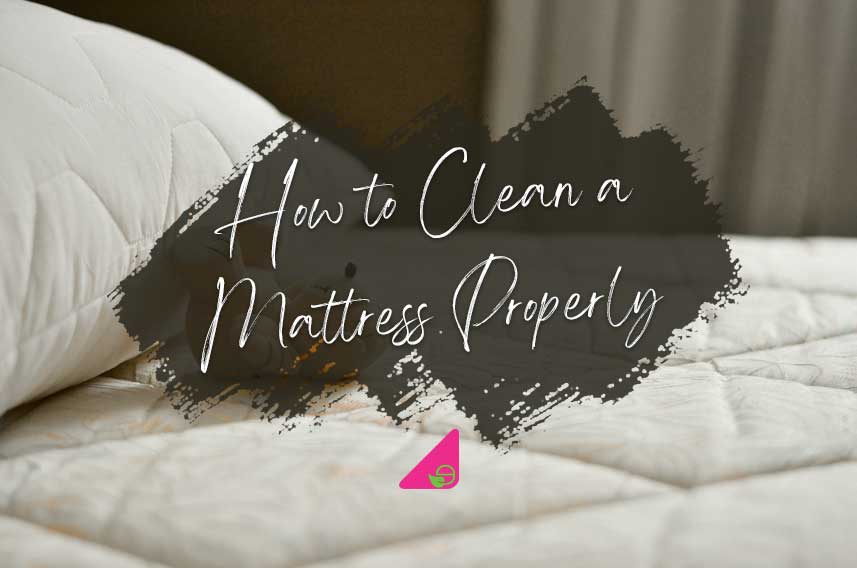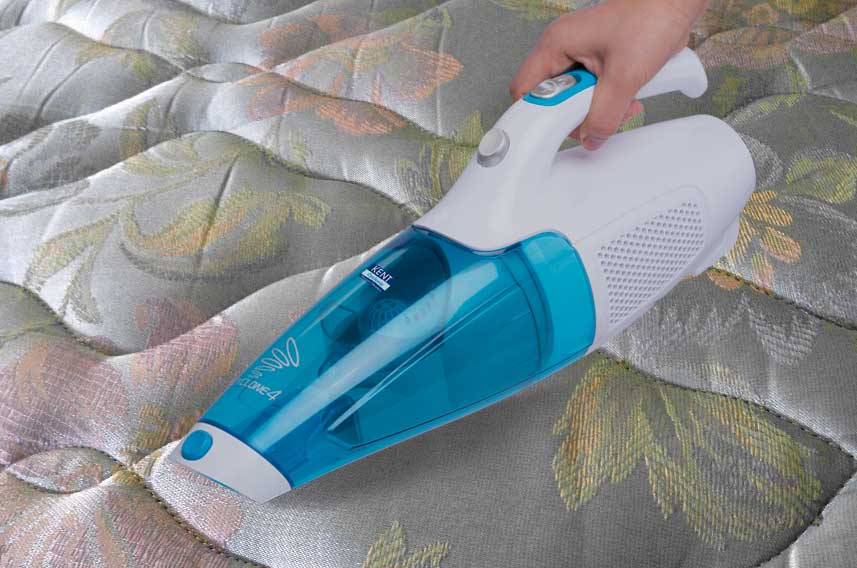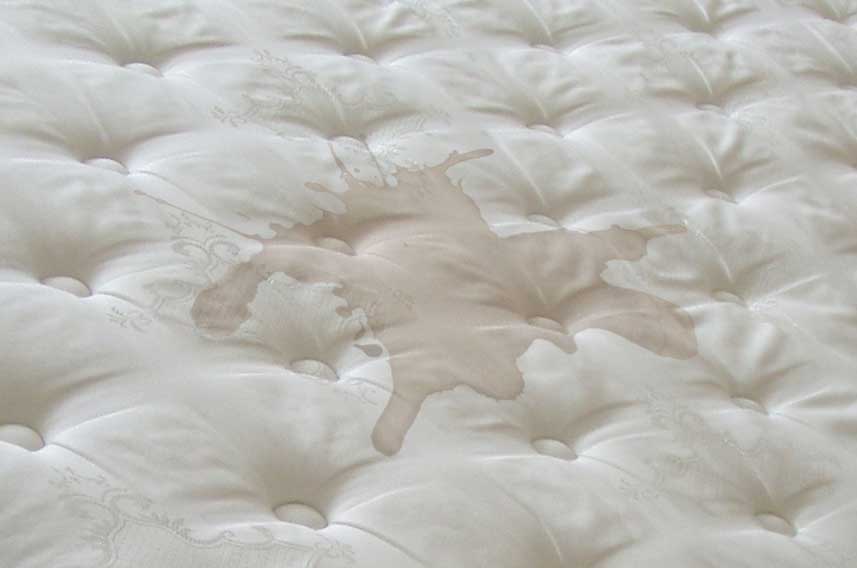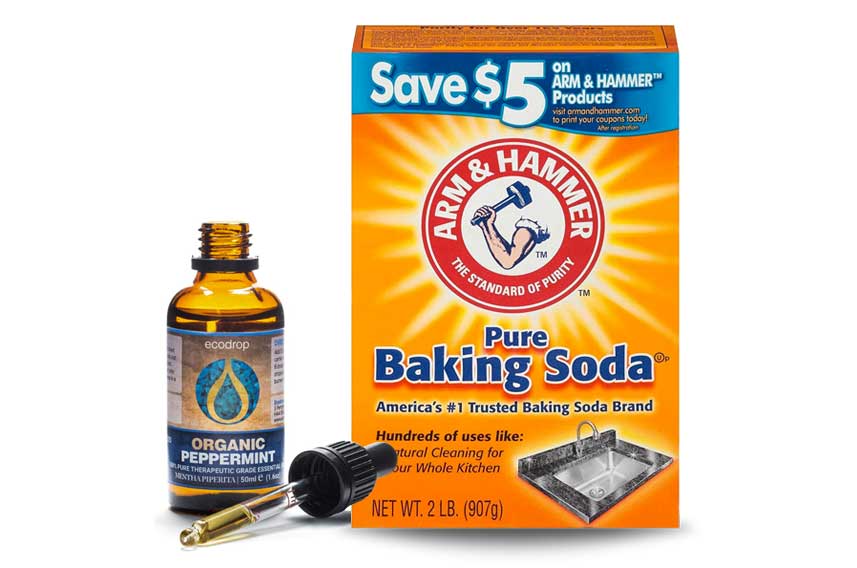Tel: 01474 876800 • Client Portal
- Who We Are
- What We Do
- Build
- Carpentry
- Building Works
- Commercial Flooring
- Commercial Glazing
- Commercial Locksmith
- Commercial Painting & Decorating
- Commercial Plastering
- Commercial Plumbing
- Commercial Refurbishment
- Commercial Roofing
- Design & Construction
- Electrical Installation
- Hard & Soft Landscaping
- Mechanical & Electrical
- Office Builders
- Office Fit Outs
- Office Heating
- Office Partitioning
- Office Relocation
- Site Management
- Maintain
- 24 Hour Helpdesk
- Access Control
- Air Conditioner Repair
- Air Conditioning Servicing
- Commercial Boiler Servicing
- Commercial Electricians
- Commercial Ground Maintenance
- Commercial Pest Control
- Commercial Property Maintenance
- Drain Unblocking
- Emergency Callouts
- Emergency Light Testing
- Facilities Management
- Fire Alarm Testing
- Fire Extinguisher Testing
- Fire Sprinkler Testing
- Fixed Wire Testing
- Handyman Service
- Lift Servicing
- Office Health & Safety
- PAT Testing
- Planned Preventative Maintenance
- Reactive Maintenance
- Roof Maintenance
- TMV Maintenance
- Water Hygiene
- Clean
- Build
- How We Do It
- Why Use Us
- Contact

How to Clean a Mattress Properly
You may have a mattress that’s in desperate need of a clean but don’t know where to start, so you’re putting it off.
Your mattress is a long-term investment where you spend more than a third of your day, so it makes sense to know how to clean a mattress thoroughly.
The good news is that we have compiled a step-by-step guide to cleaning a mattress and keeping it fresh.
We will cover every step, including tools needed and deep-cleaning methods for removing tough stains and making your mattress look as good as new.
Table of Contents
Stop! Read the Product Care Guide
Before you begin cleaning your mattress, ensure you read through the manufacturer’s guide.
The manufacturer guide contains essential information about the mattress, like methods of cleaning the mattress and other do’s and don’ts.
You don’t want to end up destroying the mattress while cleaning it.
Most manufacturer’s guides are easily accessible via the internet or came in a booklet when you originally purchased the mattress.
Some vital information to check includes what material was used in manufacturing the mattress, whether it’s a single or double-sided mattress, and if there’s strict cleaning procedures to follow.
Tools & Supplies
Essential cleaning tools and supplies come in handy when cleaning a mattress.
When considering chemical substances or soap, always consult the manufacturer’s guide, so you don’t accidentally destroy it.
Here’s a list of tools and supplies required:
- Suitable laundry detergent
- Baking soda
- Water
- Liquid dish soap
- A vacuum with an upholstery attachment
- Nylon
- A pair of gloves
Remove All Bedding & Wash
Now that you’ve gathered all the tools and supplies needed, the next step is to strip all bedding from the mattress.
This includes the sheets, bedspreads, blankets, duvet, pillowcases, and more.
Gather them together and sort them according to colour.
Soak all bedding in hot water to kill any germs or parasites.
We recommend machine drying at high temperatures.
Air Out the Mattress
Over time your mattress may begin to smell and release unpleasant odours.
It’s best to air-dry your mattress at least once a month.
The best way to do this is to leave your mattress outside for several hours, weather depending.
It allows your mattress to release any gases and breathe fresh air.
If you cannot air your mattress outdoors, then open all the windows and leave of several hours uncovered.
Vacuum the Mattress

We recommend vacuuming your mattress at least once every three to six months or monthly if you have the time.
You may be surprised at all the food particles, germs, and allergens that have built up on your mattress over time.
Vacuuming helps you get rid of these unwanted guests keeping your mattress fresh and free from dust.
Here are some of the best vacuuming practices you should follow:
- Inspect the vacuum attachments and ensure tubes are clear of any blockage that reduces efficiency. Set the vacuum at the highest suction so that you achieve the best results when vacuuming.
- Vacuum the entire mattress surface using the upholstery attachment to collect dust and other particles thoroughly. You can switch to the crevice attachment for a deeper clean.
- You may also want to vacuum the bed and other surroundings.
- For vacuums with bags, ensure you begin with an empty bag and clean it appropriately before use.
Do not attempt to use commercial grade wet and dry vacuum cleaners, or hot water extraction carpet cleaning machinery, as this can permanently damage the mattress.
Spot Stains

You can spot clean stains quickly if you follow the steps in this guide.
An important note to remember is that older stains on a mattress are more challenging to remove.
It ‘s best to tackle these stains as they occur to increase your chances of total removal.
In addition, always consult your mattress label for any recommended detergent or cleaning procedure to get rid of these stains.
If you’re unsure what detergent or liquid soap to use, do a small spot test on an inconspicuous part of the mattress.
This will prevent any large-scale damage to the mattress if your chemicals are too harsh.
Different stains require different strategies for removal.
Here’s how to remove specific stains on your mattress:
Removing Blood Stains
Blood stains on a mattress can be very unsightly, yet they are easy to get rid of if you follow the proper steps.
Many people make the mistake of using hot water when tackling blood stains.
However, cold water is the best in such instances.
The reason is that cold water breaks down protein faster than warm or hot water.
Also, avoid excessive water as it can destroy the mattress foam and fillings.
There are many methods to getting rid of blood stains on your mattress, but we will stick to the three best methods for getting rid of this type of stain.
Ammonia
For this method, you will need a small quantity of ammonia mixed with water.
Make sure you’re wearing gloves.
Follow the steps listed to get rid of blood stains using ammonia:
- Mix equal quantities of ammonia with water. We recommend tap or cold water for this test.
- Get a dry, clean towel. Soak the towel in the mixture and squeeze out enough water. You don’t want excessive moisture as it can spread the blood stain and damage the foam.
- Gently dab the surface of the stain.
- Repeat this process until you notice the stain is removed.
- Clean the surface of the mattress with a clean and dry towel.
Be warned, that ammonia has a suffocating and toxic odour.
If you’re using this method, you want to ensure your room is well-ventilated to avoid personal harm.
Baking Soda
The baking soda method is relatively quick and easy for blood stain removal.
- Prepare your materials, including tap water or cold water, two dry towels, a bowl, and baking soda.
- Apply cold water on the stain using one of the towels. Gently dab the stain until it is a little wet.
- Apply baking soda to the stain and leave it to work anywhere from 5 minutes to an hour.
- Use a wet towel to dab the stains and baking soda until the stain lifts.
- Keep repeating the process until you get the desired result.
Bear in mind that repeat applications of this method may be necessary to get the desired result.
It could also leave traces of soda residue depending on how long you leave it on the mattress.
Vanish
The Vanish method is best for tougher and larger blood stains.
Here’s how to use it:
- Apply cold water to the stain using a wet towel to dab the affected area.
- Apply the Vanish on the stained area and leave for a few minutes. You should notice bubbling on the surface of the stain.
- Use a clean, wet towel to dab the stain until it completely lifts off.
- Leave to dry and vacuum any residue.
Be aware that leaving Vanish on the mattress for too long could cause the colour to fade away.
Removing Urine Stains
You might have unsuccessfully attempted cleaning your child’s mattress which has urine stains.
Here are some easy steps to get rid of those tough stains!
- Mix 8 oz of hydrogen peroxide, three spoons of baking soda, and two drops of liquid dish soap.
- Gently mix all substances and pour them into a spray bottle for easy application.
- Spray the mixture on the stained area and wait for it to dry.
- Vacuum the mattress thoroughly.
Removing General Stains
You can try any of the listed methods to eliminate stains caused by food and drinks.
For sweat stains or other general stains on your mattress, follow these steps:
- Prepare detergent soap or a liquid dish soap
- Mix soap with cold water and gently dab the stain. You should continue this process till the stain completely lifts.
- Use a clean cloth.
Deodorise Using Baking Soda & Vacuum
After cleaning your mattress, you can conceal or eliminate unwanted smells with baking soda.
First, you will need to sprinkle a little baking soda all over your mattress and leave for a couple of hours.
Baking soda helps to absorb foul odours from the mattress.
Once you have a clean and fresh mattress, vacuum the mattress thoroughly to remove residue from the surface.
Spray with Essential Oils & Baking Soda Mix

Keep your mattress smelling nice and fresh with a mix of oil and baking soda.
You can use any fragrance or essential oil like lavender, lemon or chamomile.
Mix the oil and baking soda in a spray bottle and shake up the mixture before applying it to the mattress.
Flip the Mattress & Repeat
You will need to repeat the process on the other side of the mattress.
Ensure that your mattress is double-sided before proceeding.
You must repeat the last three steps mentioned above for a double-sided mattress.
Single-side mattresses also require vacuuming to keep clean.
Conclusion
A clean mattress can improve your comfort and overall sleep.
You will want to ensure that you clean your mattress at least once every 2-3 months.
It helps you eliminate germs and parasites, and keeps the mattress smelling fresh.
It also goes a long way in keeping your children’s surroundings hygienic.
Request a Callback
Recent Posts
- How to Clean Painted Walls 01th Apr 2025
- How to Get Oil Stains Out of Carpet 01th Mar 2025
- How to Clean a Fridge and Remove Bad Smells 01th Feb 2025
- How to Get Coffee Stains Out of a Carpet 01th Jan 2025
- How to Clean Gutters Correctly 01th Dec 2024
- What is PAT Testing? 01th Nov 2024
- How to Clean an Oven 01th Oct 2024
- How to Remove Limescale from a Toilet 01th Sep 2024
- How Long Does a Boiler Service Take? 01th Aug 2024
- How to Clean Oven Glass 01th Jul 2024

